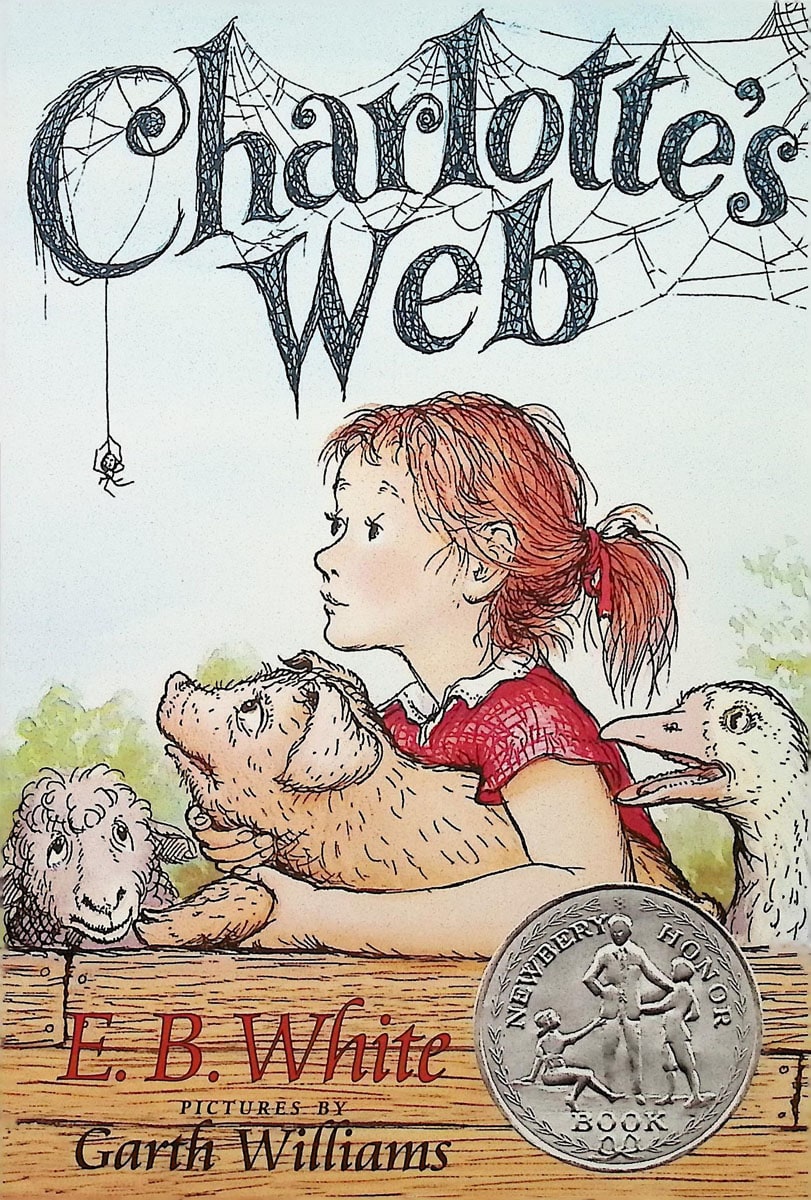Your child can read independently; congratulations! But he/she is not done learning to read-and our job as reading teacher isn't done either! This Debra Bell curriculum from Apologia helps you coach your student to become expert readers. Through step-by-step processes with an emphasis on progress-not perfection-students acquire reading skills to learn, to organize information, ask questions and make inferences, and to progressively become more skilled in using more advanced reading skills. The curriculum provides detailed instruction on using context clues for vocabulary, reading for inferences, and close reading. Students will also learn literary terms, to identify genre and to use genre-specific strategies to evaluate that literature. They will recognize and evaluate the author's style, the author's intent and how the author crafts language to achieve his goal. For the target-audience student, this is considered a one-year program. Reading assignments are aimed at 4-6 grades, but the program builds in flexibility for different ages and abilities by allowing you to pick and choose assignments based on your student's needs. The author's intent is that older struggling learners or those who are new to analytical reading can benefit from the course. Your goal as teacher is to provide targeted feedback emphasizing quality and effort. The goal for the student is to become an "expert reader."
The course requires two components and specific editions of Sarah, Plain and Tall; Charlotte's Web, and Because of Winn-Dixie. In the consumable Volume 1 combined student text/workbook, students focus in on three types of narrative fiction styles, each represented by a specific book: historical, animal fantasy and contemporary realistic. The full-color, 562-page, spiral bound, reinforced softcover student text/workbook is consumable and non-reproducible.
The material easily guides the student along. Six different units are divided into smaller portions called modules. Each unit includes an introduction, a creative project, a grading rubric, starter questions, preview of learning goals, student samples, a Reader's Toolbox (reading strategies), graphic organizers to organize their assignment, Ruminate sections (for higher-order thinking) and comprehension questions, vocabulary and English writing rules, progress logs, and tips for starting their own book club (5 total book club suggestions as an option). A Sowing Seeds section pulls from the reading assignment to connect with spiritual truths. Student samples aid students in their answers and writing. The text layout is appealing with a good balance of color, graphics and text.
Units alternate between an assigned book in the specified genre and then an On Your Own (OYO) unit providing students the opportunity to apply the skills they've learned in the previous unit to a book of their own choosing (within the specified genre).
The second component, the 232-page, non-reproducible Vol. 1 Answer Key, contains much more than just answers. You'll have the tools you need to more accurately gauge reading skill development and comprehension. The key helps you make a daily schedule, explain assignments, keep track of your child's progress-and probably most importantly-evaluate your child's work. Be aware that the key provides answers (color-identified) only when one correct answer, varied answers, and example or inference-type answers are required. Therefore, there are no answers provided for modules 5, 10 and 14, but you'll be able to easily discern these yourself. I love that this curriculum provides project-specific rubrics (6-point gradated checklist for evaluation). With these, both student and teacher can easily understand a project's requirements and students learn to evaluate their own progress. The Volume 1 Student Text and Answer Key can be purchased as a Set. The specifically required reading books are listed below for your convenience. ~ Ruth


